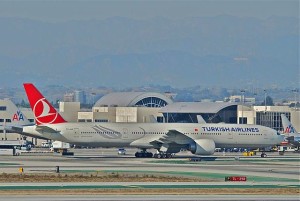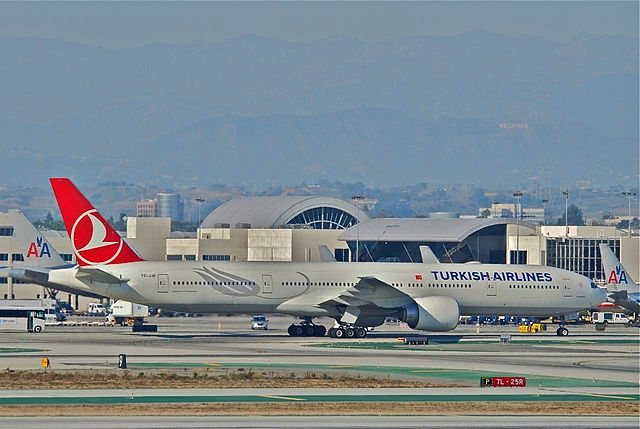 Cargo airlines in the Asia-Pacific saw volumes decline in November 2015 year-over-year, but the International Air Transport Association (IATA) thinks the steady fall in traffic activity has been arrested in recent months.
Cargo airlines in the Asia-Pacific saw volumes decline in November 2015 year-over-year, but the International Air Transport Association (IATA) thinks the steady fall in traffic activity has been arrested in recent months.
The region’s carriers saw a slight contraction in freight tonne kilometers (FTK) of 1.5% in November 2015 compared to year-ago levels, and capacity expanded 3.2%. Compared to October, though, volumes expanded by a strong 1.9%.
“Over recent months, the declining trend in volumes has halted. Better demand in advanced economies is driving export growth in some countries, particularly in Japan,” IATA commented.
Meanwhile, global air cargo volumes in November 2015 were down 1.2% overall compared to November 2014. However, these were an expansion compared to October 2015, and were higher than the low point in August. This indicates that the decline in cargo demand may be bottoming out, said the association.
The negative year-on-year comparisons occurred across all regions except for the Middle East. Europe was down 2% and North America by 3.2%. The comparative weakness in these regions was driven largely by the strong performance in November 2014. Latin American and African markets also fell, by 6.4% and 6%, respectively. The Middle East region posted 5.4% growth.
“The freight performance in November was a mixed bag. Although the headline growth rate fell again, and the global economic outlook remains fragile, it appears that parts of Asia-Pacific are growing again and globally, export orders are looking better,” said Tony Tyler, IATA’s director general and CEO.
He added that the downward trend in FTK volumes appears to be bottoming out, even as he warned the industry to brace for “a great deal of uncertainty.”
“The current volatility of stock markets shows how much the health of the global economy—upon which air cargo depends—remains on a knife-edge,” he said.
Looking at regional performance, European carriers reported weaker demand in November, down 2% compared to a year ago, and capacity rose 2.2%. Comparing November to October, the trend was flat, but indications of stronger manufacturing and export orders could support airfreight demand in the coming months.
North American airlines experienced a fall of 3.2% year-on-year and capacity grew 5.8%. The market remains hard to read. A 0.4% expansion compared to October indicates that air cargo could be recovering. But export indicators are poor, making it hard to be optimistic for the coming months.
Middle Eastern carriers saw demand expand by 5.4%, and capacity rise 9.2%. Although the only market to show growth, its rate fell to less than half the 11.9% average growth for the year-to-date. Falls in the oil price are impacting some economies in the region.
Latin American airlines reported a decline in demand of 6.4% year-on-year, and capacity expanded 1.9%. Few positive signals emerged from the markets in this region. The comparison with October also showed a 1.4% contraction and air cargo demand appears to be mirroring weaker consumer confidence.
African carriers experienced a fall in demand of 6%, and capacity rose by 6.6%. Africa remains one of only three regions (with Asia-Pacific and Middle East) to record positive year-to-date growth for 2015. Demand is holding up despite the underperformance of Nigeria and South Africa.





